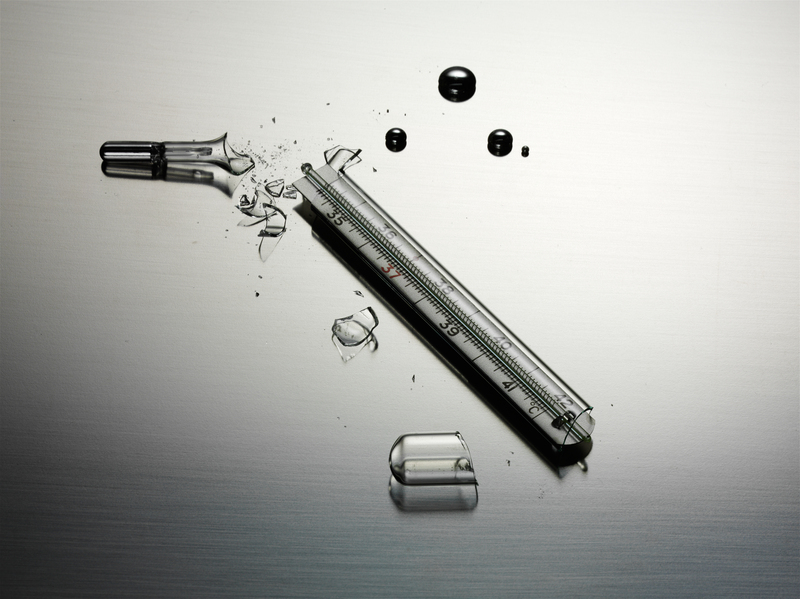Fascinating Truths About Recycling Glass
Recycling glass is a crucial component in the battle for environmental sustainability. The process not only helps in conserving valuable natural resources but also significantly reduces energy consumption and landfill waste. Here, we delve into a fascinating exploration of glass recycling, uncovering unlikely truths and highlighting its environmental impact.
The Importance of Glass Recycling
Glass a valuable and versatile material is an integral part of our daily lives. Whether in the form of bottles, jars, or architectural components, this material plays a crucial role across various sectors. Today, the emphasis on glass recycling is more significant than ever due to environmental concerns and the push towards sustainable development.
Why Recycle Glass?
Glass recycling serves numerous purposes, largely beneficial to the planet and economy:
- Saves Natural Resources: Recycling one tonne of glass saves over one tonne of the natural raw materials, including sand, soda ash, and limestone.
- Reduces Energy Consumption: The energy saved from recycling a single glass bottle could power a computer for 25 minutes.
- Lowers Carbon Footprint: Recycling one tonne of glass prevents approximately 315 kg of CO2 from being released into the atmosphere.
- Economic Benefits: The process supports jobs and economic benefits from collection, processing to manufacturing recycled goods.

The Intricate Process of Recycling Glass
The Initial Stages
Glass recycling begins with the collection phase, where used glass products are gathered from households, businesses, and factories. Next comes the sorting process. Contrary to common belief, glass is not always sorted by color initially. It is run through a materials recovery facility where other contaminants such as paper and metals are removed.
The Crushing Stage
Once sorted, the glass is crushed into small pieces called cullet. This cullet is then mixed with raw materials like sand and soda ash. Interestingly, the addition of cullet to the glass-making process reduces the temperature required to melt the raw materials, thereby saving energy. This highlights another key reason why glass recycling is so vital for energy conservation.
Melting and Reforming
In this stage, the mixed cullet and raw materials are melted in a furnace at high temperatures (approximately 1500 degrees Celsius). The molten glass is then molded into new products such as bottles, jars, and even fiberglass for insulation.
Environmental Benefits of Glass Recycling
Sustainable Resource Utilization
Landfill space is a precious and finite resource. By recycling glass, we significantly cut down the amount of waste sent to landfills, prolonging their lifespans and reducing ground pollution.
Energy Efficiency
Using recycled glass in the production process consumes 40% less energy than it takes to make new glass from fresh raw materials. As glass never loses quality or purity, it can be recycled endlessly without any degradation of the material.
Common Misconceptions About Glass Recycling
The Color Issue
An often misunderstood aspect of glass recycling is the issue of glass color. Many believe all glass must be color-sorted, but this isn't always necessary. While clear glass cullet often commands a higher price, most facilities can process mixed-color loads efficiently, ensuring minimal waste.
Single-Stream Recycling Confusions
Another common misconception surrounds single-stream recycling systems, where all recyclables are tossed into one bin. Some think this complicates glass recycling, but technology in these facilities has become so sophisticated it effectively manages and sorts glass from other materials.
Limitations and Challenges of Glass Recycling
Despite its many advantages, glass recycling is not without challenges. Contamination is a significant concern, as any foreign material mixed with glass cullet can complicate the recycling process. Additionally, not all areas have the infrastructure needed to support comprehensive glass recycling.
Transport Costs
The need to transport heavy glass products to recycling facilities can also present economic and environmental challenges, as this requires significant fuel and energy use. Thus, proximity to processing plants is an essential consideration when promoting glass recycling.

The Future of Glass Recycling
The future of glass recycling is promising, with ongoing technological advancements and an increasing awareness of sustainability's importance. Innovations in collection, processing, and utilization of recycled glass will undoubtedly bolster efforts to reduce our environmental footprint.
Technological Innovations
Advancements in automation and sorting technologies are making glass recycling more efficient and effective. Such innovations ensure that even minute glass pieces are reclaimed and repurposed, maximizing recycling output.
Increased Public Awareness
Community recycling programs and education campaigns are proving vital in encouraging public participation in glass recycling. As awareness spreads, so will participation, leading to even greater positive environmental impacts.
Conclusion: The Undeniable Benefits of Glass Recycling
In summary, recycling glass is not only an environmental imperative but also an economic opportunity. With its myriad benefits, from conserving resources to reducing energy consumption, it's clear that investing in glass recycling is investing in a better, more sustainable future. As both individuals and societies, prioritizing and educating on the importance of recycling glass can lead to substantial positive environmental and economic impacts globally.